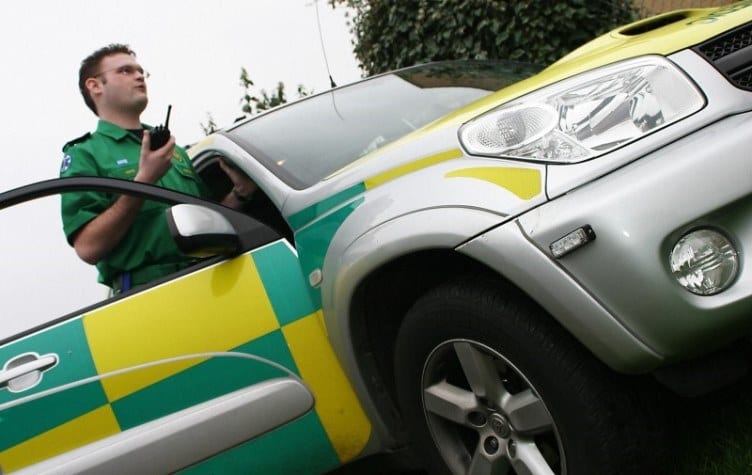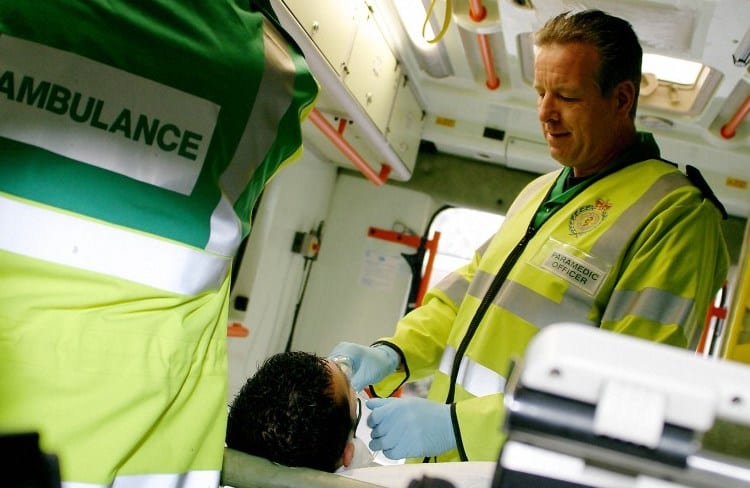Have you used ambulance services in the past year? We would be interested to hear from you for a CaHRU study

If you have used the ambulance service in the previous 12 months and are happy to take part in an interview for a new study we would like to hear from you. This study is part of doctoral research being undertaken Continue reading Have you used ambulance services in the past year? We would be interested to hear from you for a CaHRU study


